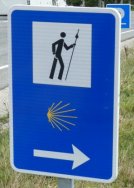Between Saint-Jean-Pied-de-Port and Roncevalles the route runs through a steep pass, the Roncevaux pass, in the Pyrenees. Here there is much ancient history: it was an important route in Roman times for entry into the Iberian peninsula. At Ibaneta there was a Roman Mansio, or stopping place, providing a respite during a challenging journey. For later travellers, a hospital and chapel are recorded here as far back as 1027. During foggy weather, a chapel bell was rung to guide travellers. The stone marks the spot where Roland died in battle, though this is no longer accepted. More on Roland below.
Now the site consists of a lay-by and a modern chapel.
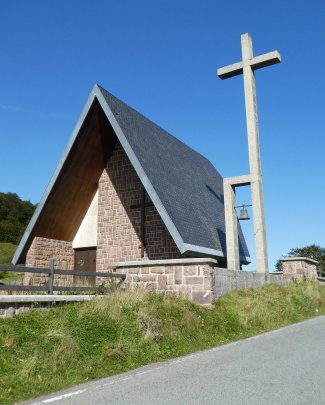
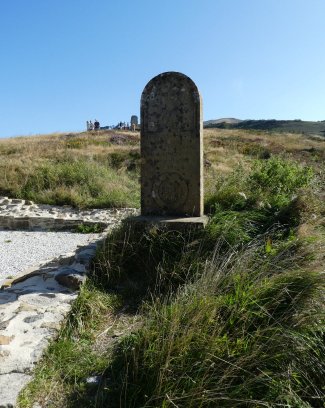
In 778, following a successful mission in Spain, Charlemagne's army, led by Roland, headed back to France via the Roncevaux pass. They were ambushed by the Basques, and a massacre followed. Roland was killed. This is known as the Battle of Roncevalles, but, as suggested above, the exact location is unclear. The Song of Roland discusses Roland's death at great length.
In later times Roncevalles was an important port of call for pilgrims: there was a hostel, and a hospital, run by a community of canons. The buildings at Roncevalles perform these functions to this day.
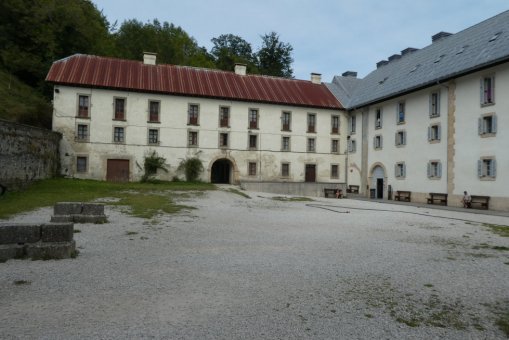
The Collegiate church of Santa Maria dates from the late 12th/early 13th century. A special treasure is the statue of Our Lady of Roncevalles, positioned above the altar. It is carved from wood and covered in silver. A number of miracles have been attributed to this very beautiful image.
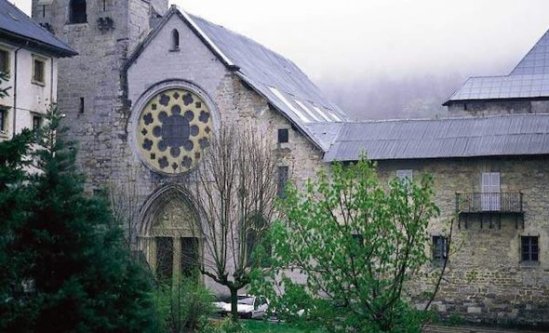
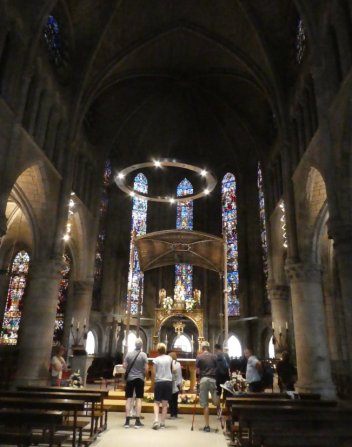
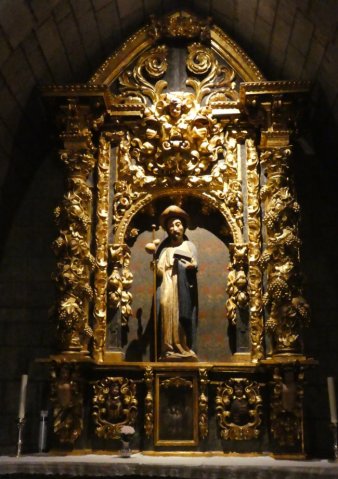
St James as a pilgrim
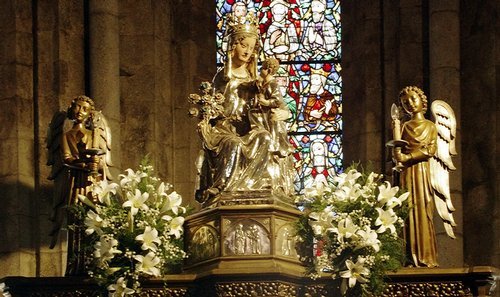
Our Lady of Roncevalles
The Silo of Charlemagne, later the chapel of Sancti Spiritus, is one of the most interesting buildings in Roncevalles. It is claimed to have been the site of a burial place created on the orders of Charlemagne for the massacred army - 'silo' originally meant dungeon, or cellar. The present rather curious building dates from the 12th century, and is a burial place for those pilgrims that only made it this far.
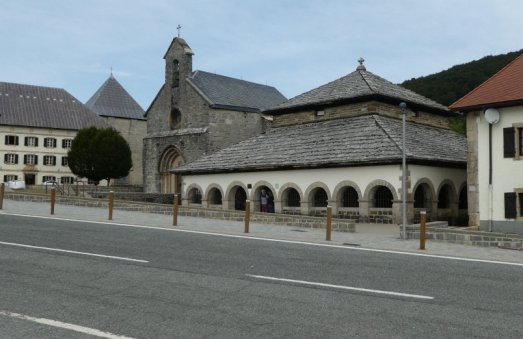
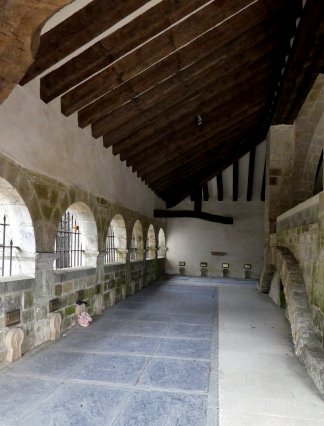
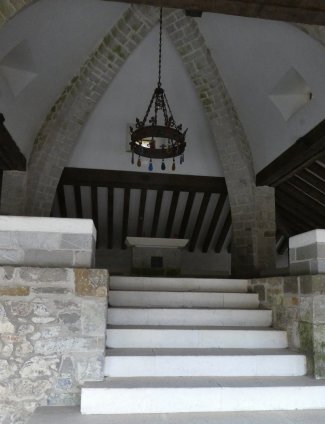
On to the city of Pamplona.
